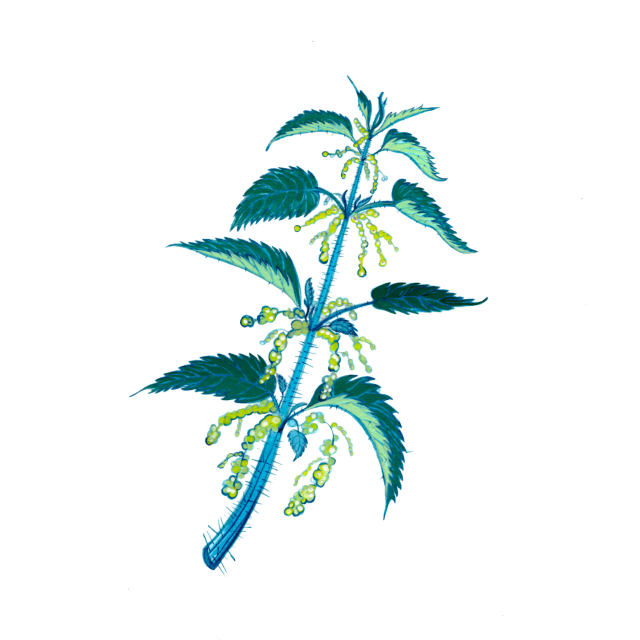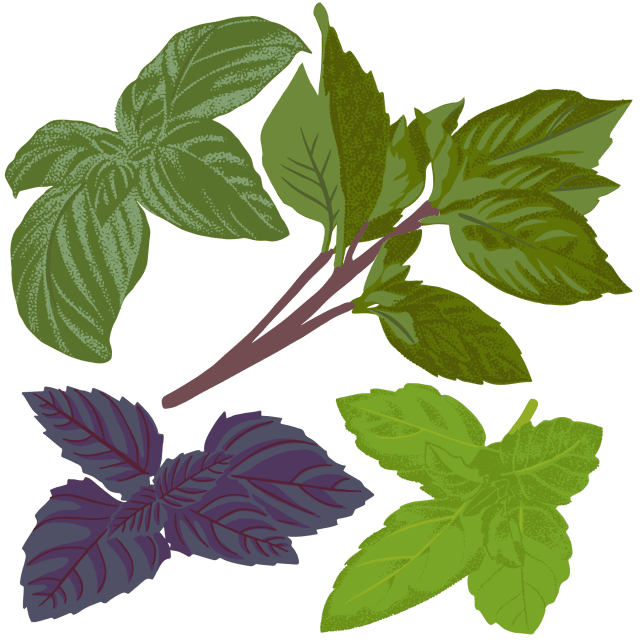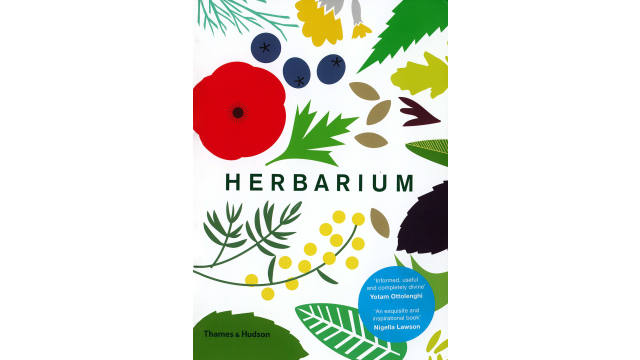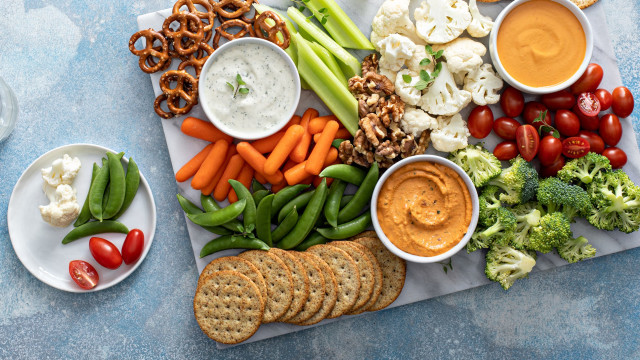Perilla
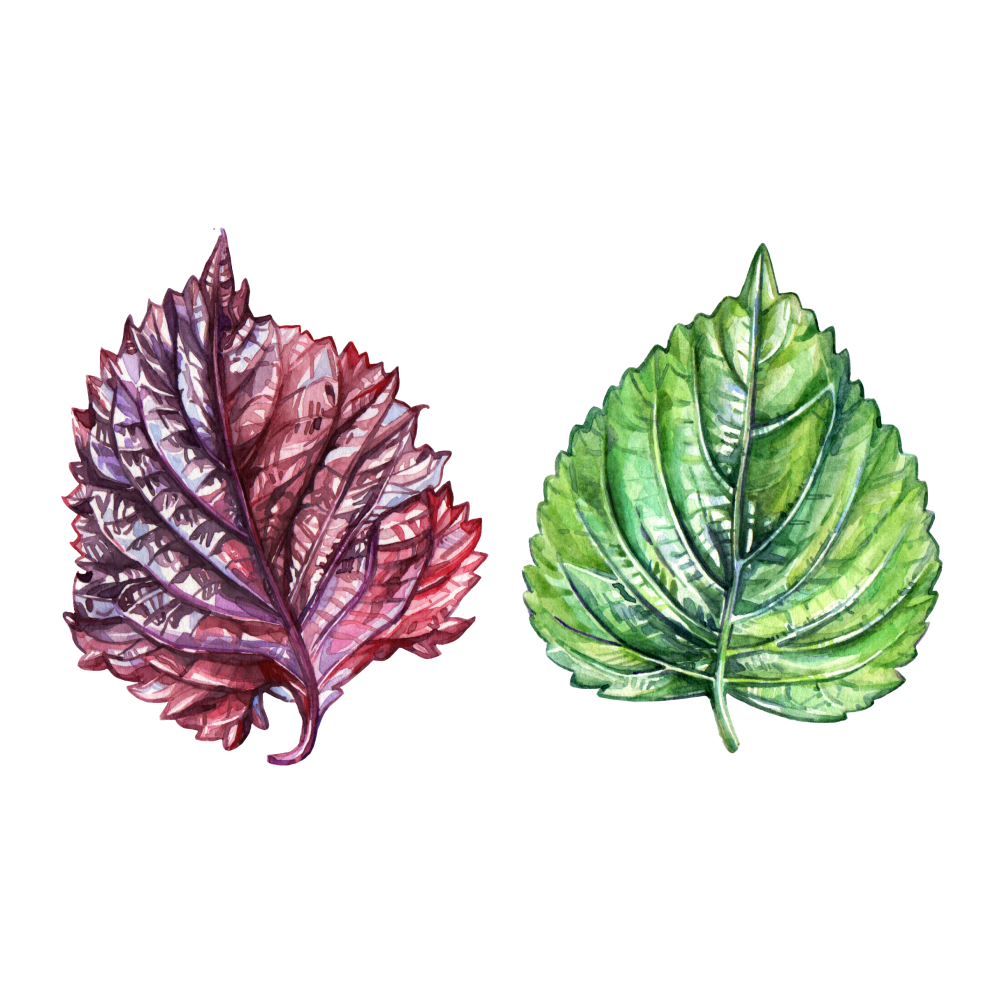
Latin name: Perilla frutescens var. crispa
Other names: shiso, beefsteak, kkaenip or ggaenip, purple mint
Uses: herb, oil (seeds)
What is perilla?
Perilla refers to several different plants in the Lamiaceae or mint family, and nothing else delivers quite the same herbal, refreshing, slightly anisic, tart blast of flavor. The curvy, serrated leaves of Japanese shiso lean more minty than the broad and round kkaenip used in Korean dishes. The latter is sometimes referred to as sesame leaf (a direct translation) but is unrelated to Sesamum indicum.
Why is perilla healthy?
Perilla leaf contains a wide variety of phenolic compounds, including flavonoids like rosmarinic, ferulic, and caffeic acid. Research has shown that the herb can aid digestion, prevent acid reflux, and alleviate allergies and asthma. Fresh perilla leaves are a good source of folic acid, beta-carotene, and minerals including iron, calcium, zinc, magnesium, and phosphorus.
The seeds lower LDL (bad cholesterol) and increase HDL (good cholesterol). And both the leaves and seeds contain luteolin, which studies have found to help reduce dental cavities. Perilla may have therapeutic potential in treating food poisoning, allergies, influenza and respiratory viruses, asthma, diabetes, and heart disease.
What does perilla taste like?
Bright, refreshing perilla tastes like mint meets basil meets tarragon meets cilantro. Crisp, clean, and a little citrusy. Some taste a hint of cinnamon, and others clove. It has the unique quality of tasting simultaneously delicate and powerful.
How do I use perilla?
Perilla leaves are pungent, so a little goes a long way. Use a few julienned slivers for garnish on noodles, steamed or grilled vegetables, and salads. Dipped in batter, they can be deep-fried whole as tempura. Or use the leaves as wrappers for rice, seasoned fish, or grilled meat. Marinate the leaves with soy sauce, fresh chiles, chile flakes, garlic, and brown sugar for an herbaceous pickle.
What does perilla pair well with?
It goes well with alliums, chiles, other herbs, and crisp lettuces. In Japanese cuisine, a traditional pairing is shiso and tart, fruity pickled plum.
Where does perilla grow?
Native to Southeast Asia and the highlands of India, perilla is grown as a crop in the Korean peninsula, Japan, and southern China. It grows readily in different kinds of soils and is found wild in places such as the edges of springs, rocky woodlands, and sand bars along rivers.
How to buy perilla:
Look for bunches of brightly-colored, aromatic leaves that aren't wilting. Store perilla in a bag in the fridge for up to a week.
Fun perilla fact:
Jyuunin is an ancient Japanese name for perilla, which means “ten years,” because the herb’s health properties were said to lengthen life by a decade.
